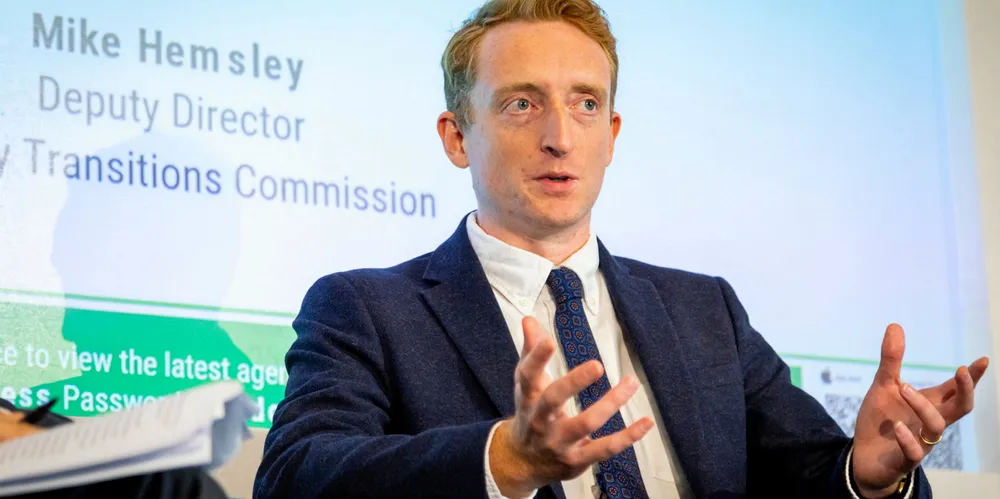'No big, fundamental barriers' to global net zero but $110trn total spend needed by 2050: ETC
Some $3.5trn a year required to decarbonise power grids, heavy industry and transport, while commercialising green hydrogen, CCS and direct air capture, according to new calculus from think-tank
